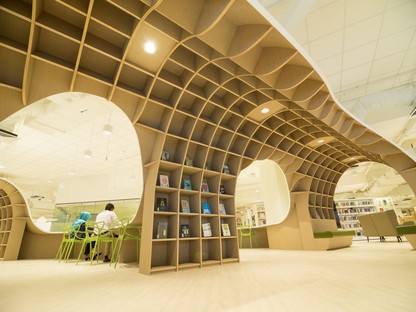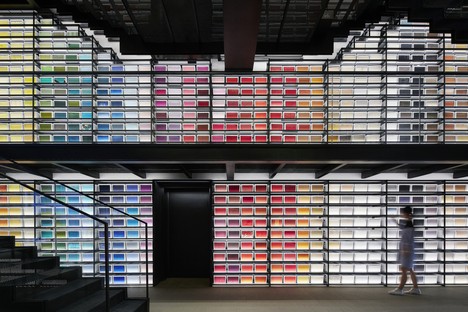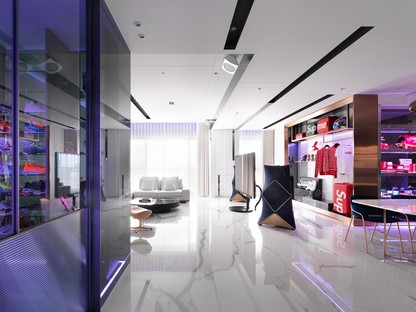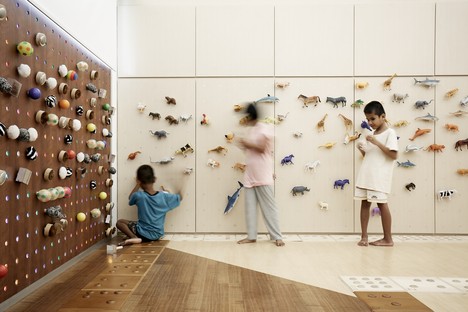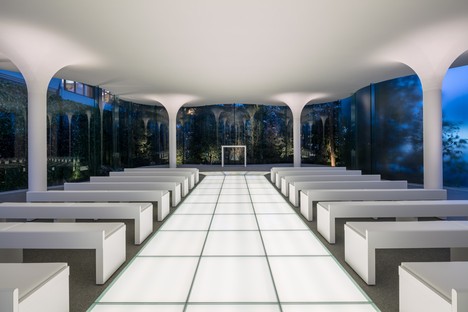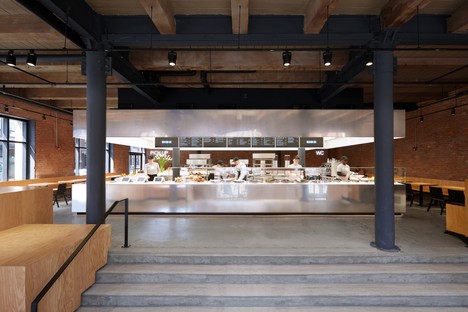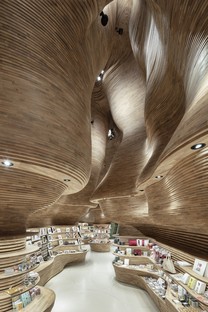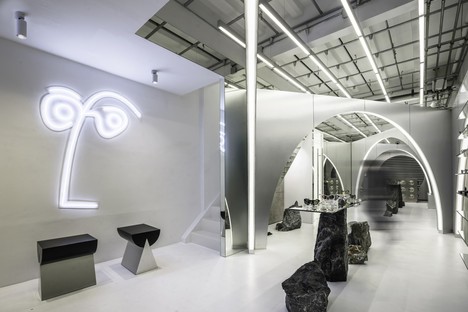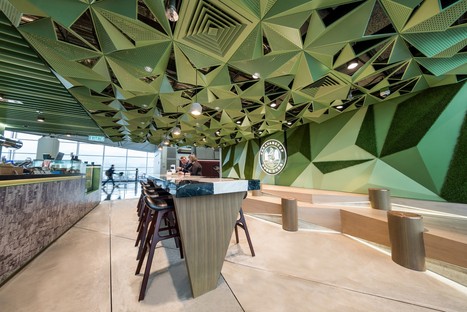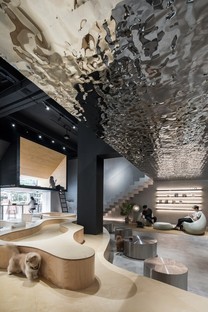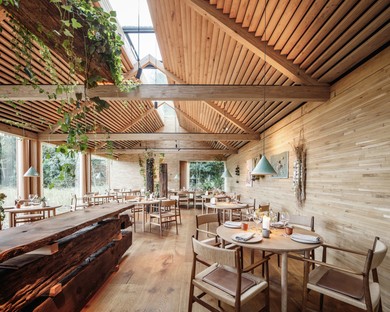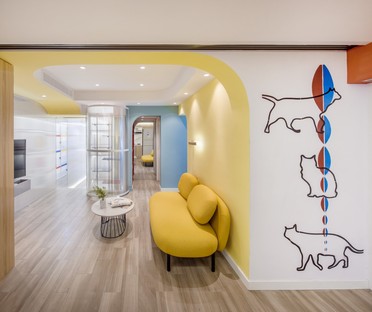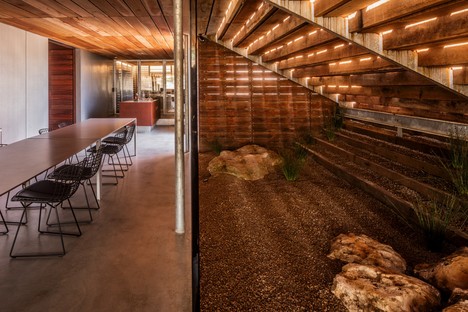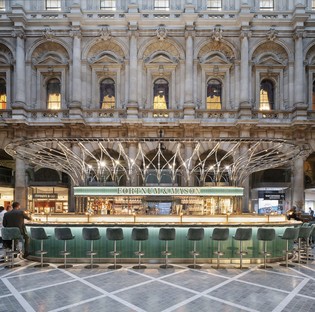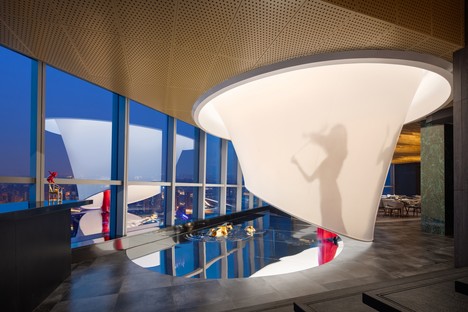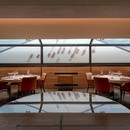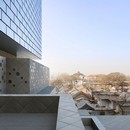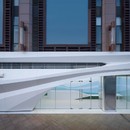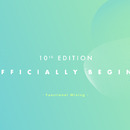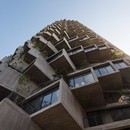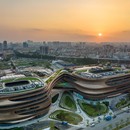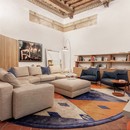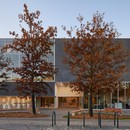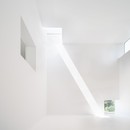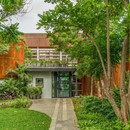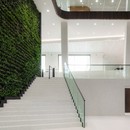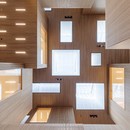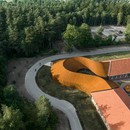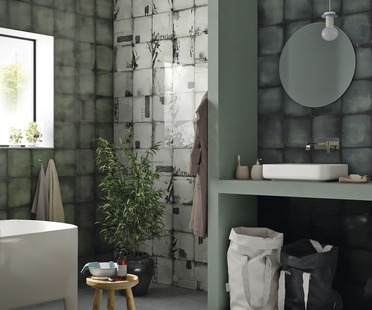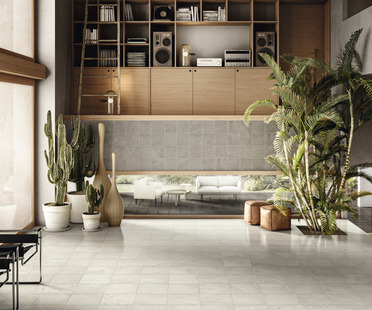19-07-2019
In preparation for Inside 2019, here are some Instagram-friendly interior designs from all over the world
BIG – Bjarke Ingels Group, Büro Ole Scheeren, ONG&ONG, One Bite Design Studio,
Julian Faulhaber, Rasmus Hjortshoij, Yunpu Cai, Stirling Elmendorf, Trevor Mein,
Copenhagen, Denmark, Amsterdam, Guangzhou, China, New York, USA,
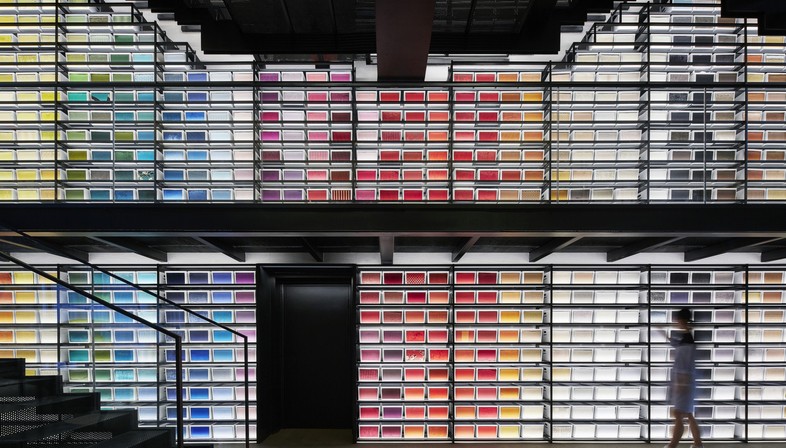
Looking at the finalists shortlisted for the twelfth edition of INSIDE, the World Festival of Interiors, we can clearly see the wonder inspired by interior design that seems to challenge gravity and the intrinsic properties of traditional building materials, or takes full advantage of the infinite possibilities offered by today’s high-tech technologies and materials. But the prevalent impression is that all these interiors are - whether due to their intrinsic nature or to the photographers’ talent - highly photogenic, or, to use the term in vogue today, "Instagram-friendly".
This is by no means a negative judgement, just a reflection on an aspect that is attracting designers’ attention today and can result in viral success of a place of commerce or culture open to the public.
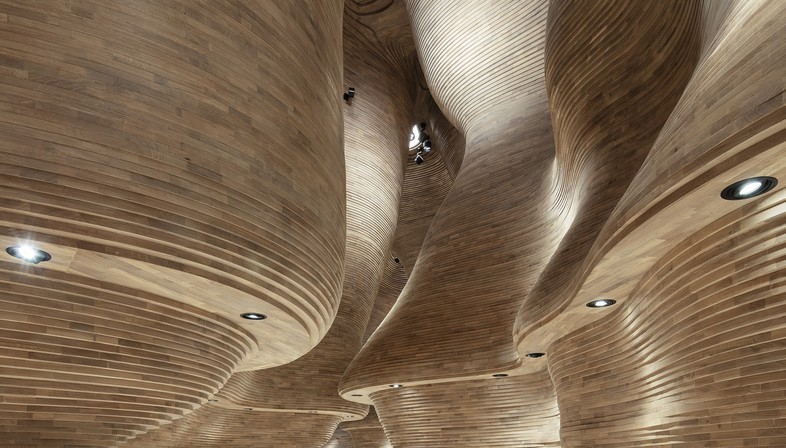
The twelfth edition of INSIDE, the World Festival of Interiors, will be held December 4 through 6, 2019 in Amsterdam, on the same dates as the World Architecture Festival.
A jury of architects, interior designers and members of the specialised press, including Johan Carlsson of Jac Studios, Annabel Kassar of AKK, James Grose of BVN and Weng Shanwei of AN Design, selected the finalists in each category. The tough selection process revealed the success of a number of prominent international design studios, but also a number of young architects; the finalists include BIG-Bjarke Ingels Group, Woods Bagot, Universal Design Studio, Buro Ole Scheeren, E Studio, KTX archiLAB, ONG&ONG, Snuper Design, Koichi Takada Architects and more. During the festival, the finalists will present their works directly to the jury, who will announce the winners in the nine categories and, at the concluding awards ceremony on December 6, announce the overall winner, the "World Interior of the Year".

Looking through the list of finalists in each category, we discover a number of curious inclusions and interesting interior design trends. The "Bars & Restaurants" category, for example, includes projects by some of the world’s most important chefs along with “innovative” projects in which the whole concept is experimental. Noma restaurant in Copenhagen by the BIG Bjarke Ingels Group gives architectural form to the rediscovery of the natural ingredients and local cooking and conservation methods that inspire the New Nordic cuisine (ny nordiske køkken) of world-famous chef René Redzepi. The restaurant is a little culinary village and garden composed of a number of buildings with timber interiors and big windows to ensure that diners always maintain a direct relationship with their natural surroundings.
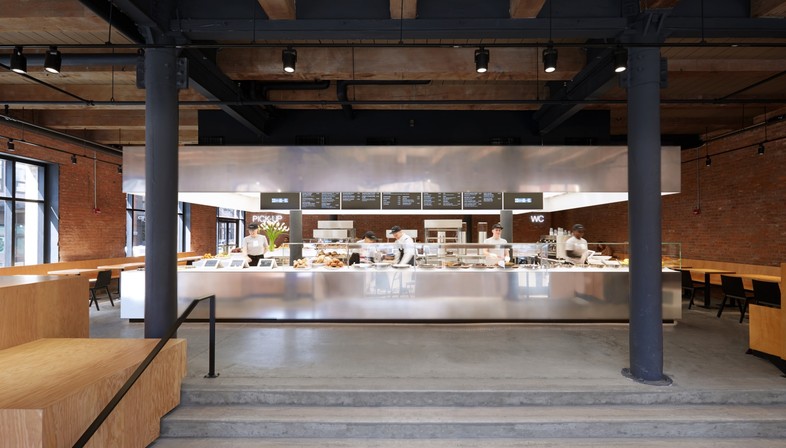
Another finalist in the same category is “Stage”, a concept Buro Ole Scheeren came up with for the Dean & DeLuca Group’s quality fast food chain. The architects designed a corian and steel kitchen block for food preparation, where light effects and innovative food display techniques underline the gestures and theatricality associated with cooking.
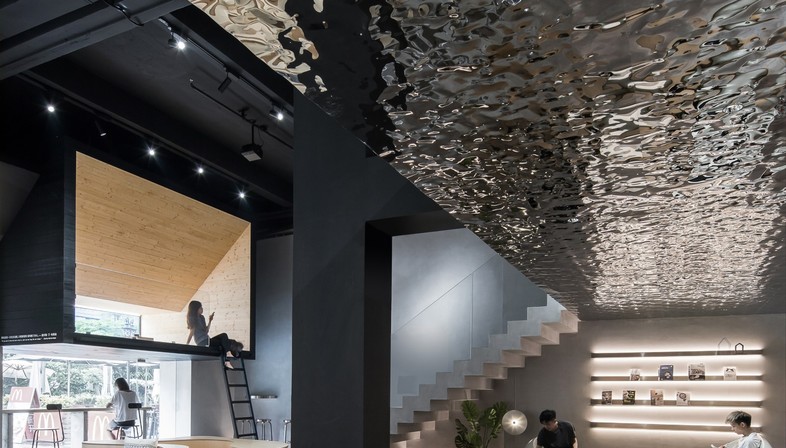
There are also plenty of experimental projects based on original new concepts, such as E Studio’s Meow Restaurant in Guangzhou, China, which incorporates a number of small spaces on different levels inspired by the behaviour of cats in its interior design, or the Karavanstop Café at Hong Kong International Airport. One Bite Design Studio’s project focuses on relations with the social media, established by incorporating elements intended to be instagrammed, such as the iconic ceiling representing an abstraction of the city’s topography or the big wall bearing the restaurant’s logo.
(Agnese Bifulco)
Images courtesy of INSIDE https://www.insidefestival.com/










